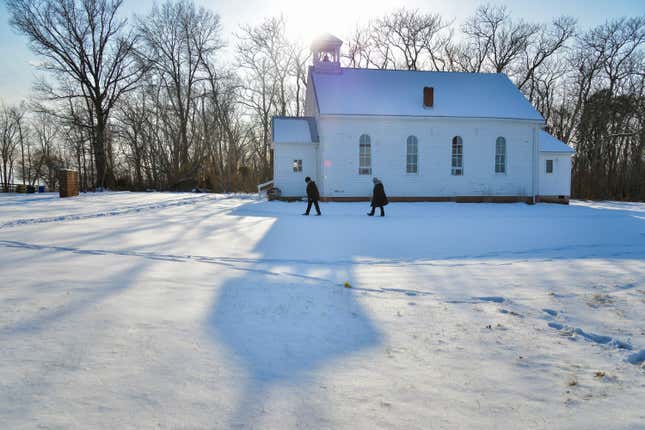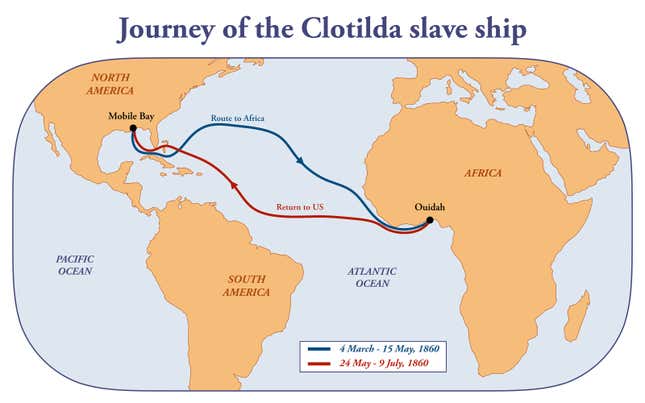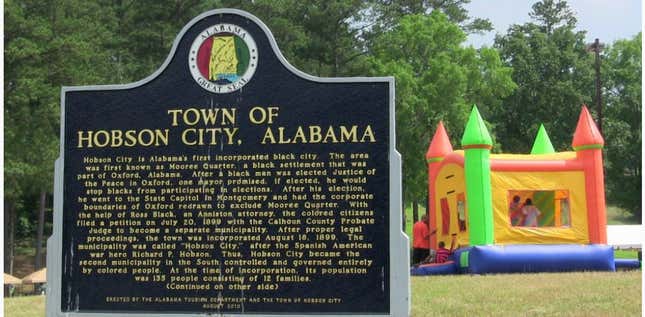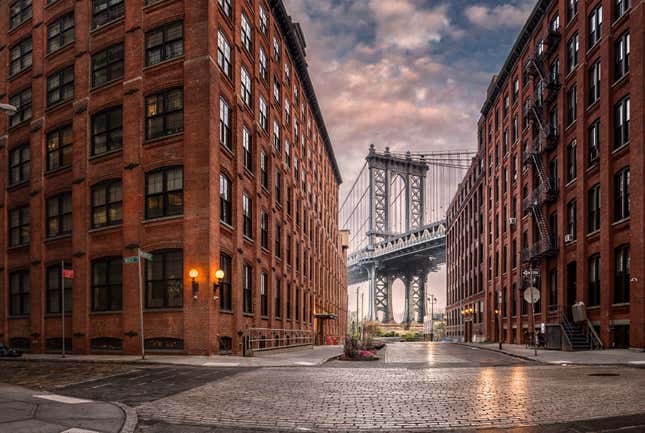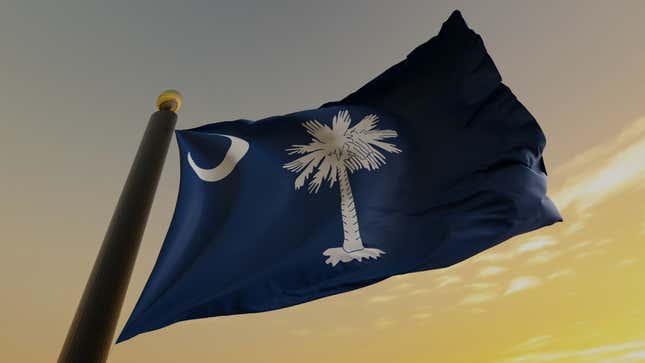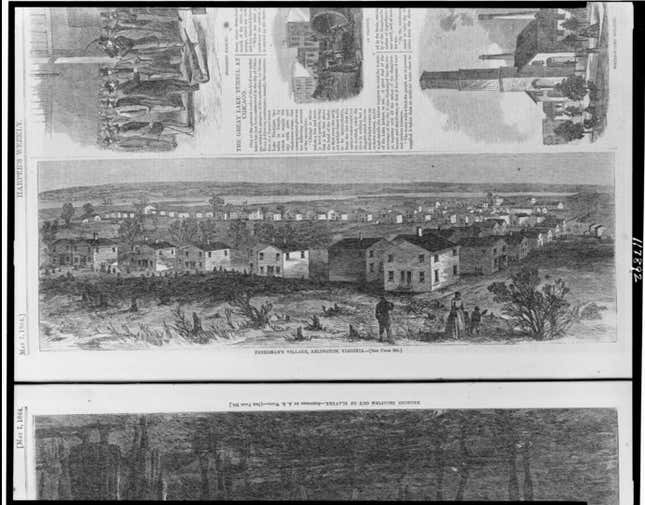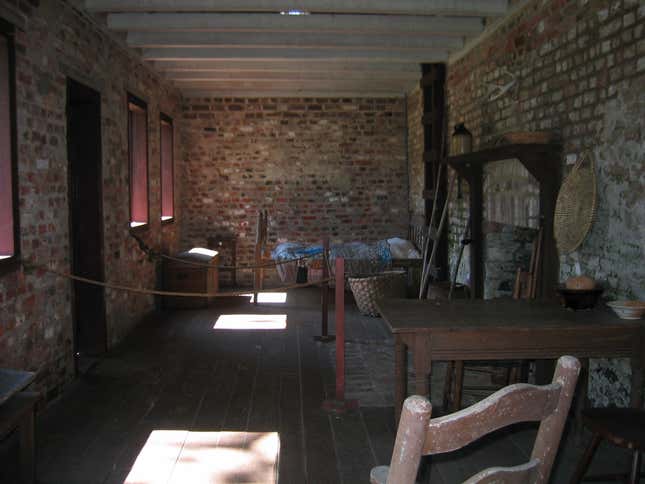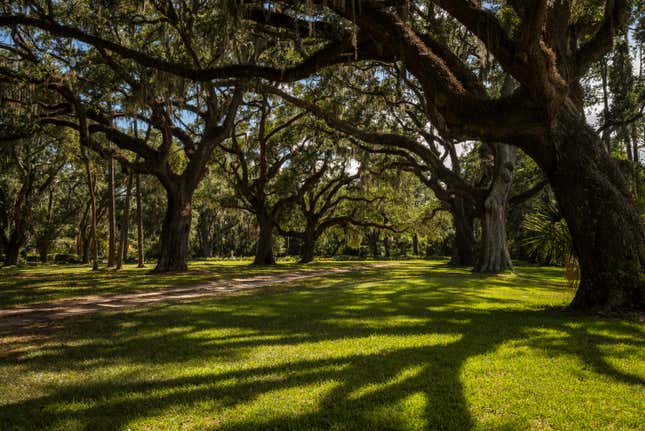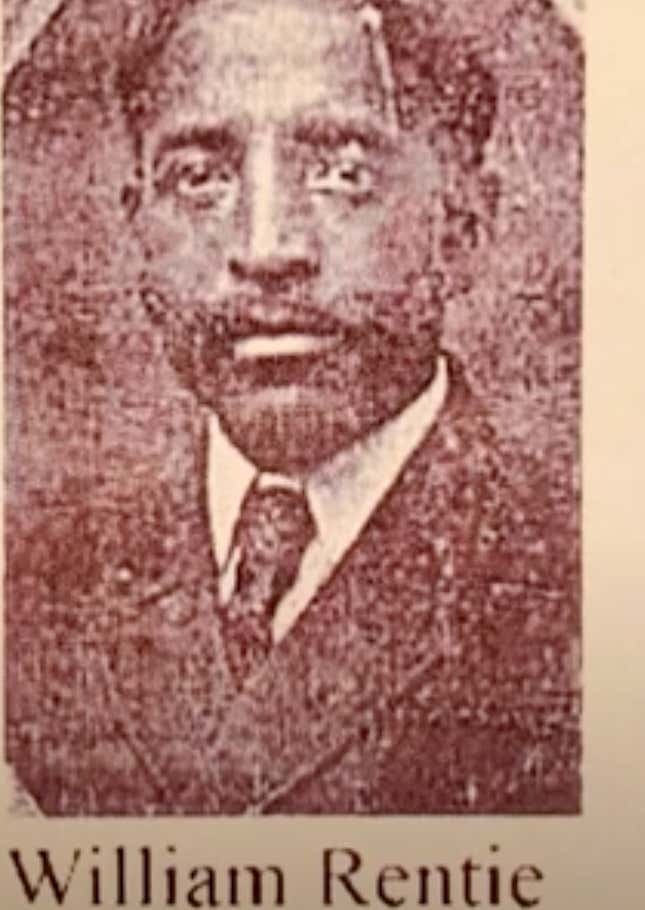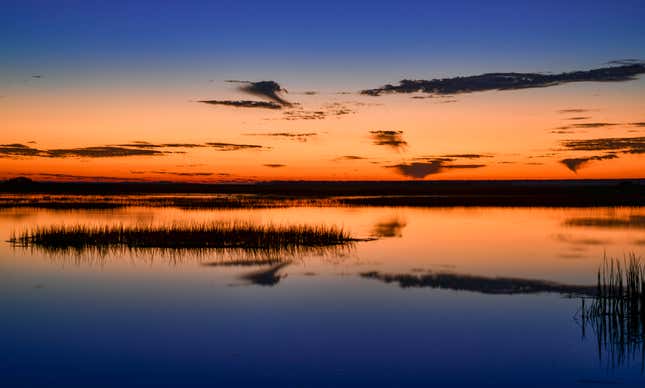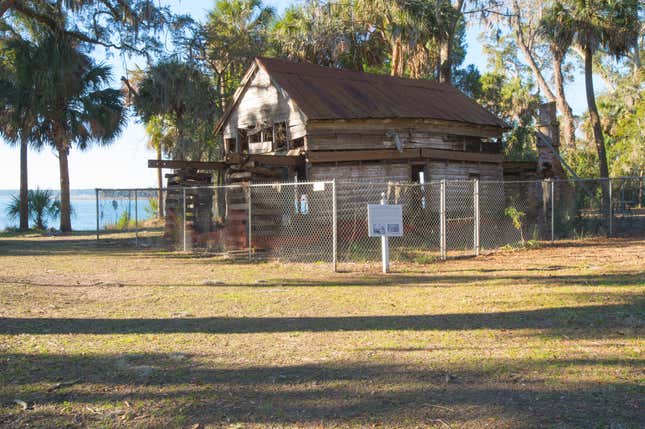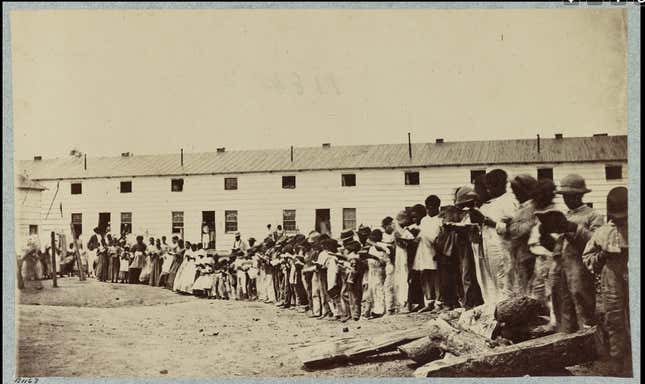
This month in the year 1864, The Senate passed the 13th Amendment to abolish Human slavery in the United States. The House would follow suit the next year, setting the ground work for the emancipation of millions of Black people. As a result, “Freedmen’s Towns” built by and for formerly enslaved people began emerging all over the country. These all-Black communities, known alternatively as “Freedom Towns” or “All-Black Towns” have slowly been lost to history.
But here’s a list of some Freedom Towns you should know about!
